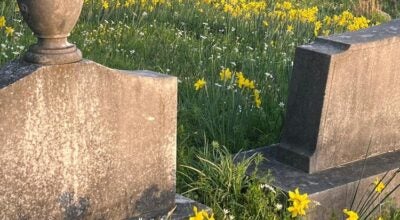Childhood lessons
Published 2:04 pm Wednesday, March 26, 2014
On March 26, 1484, “Aesop’s Fables” were first published in English.
The fables were printed by William Caxton, an English printer, who also published the famous versions of “The Canterbury Tales” and “Morte d’Arthur.”
Even if someone doesn’t remember reading the fables as a child, the lessons were still instilled in them.
Some of the well-known fables include “The Tortoise and the Hare,” “The Lion and the Mouse,” “The Crow and the Pitcher” and “The Shepherd Boy and the Wolf.”
Each of the stories ends with a lesson, with many of those lessons becoming part of the basic moral code we are taught as children.
For example, the story of “The Lion and the Mouse” teaches children the benefits of kindness.
“The Crow and the Pitcher” shows the importance of ingenuity and “The Ants and the Grasshopper” demonstrates the importance of hard work and being prepared.
Most likely many of these fables were part of growing up, even if you didn’t know they were called “Aesop’s Fables.”
One of the greatest stories about the consequences of lying is an “Aesop’s Fable.”
You may know the fable “The Shepherd Boy and the Wolf” by another name, “The Boy Who Cried Wolf.”
I can vividly remember as a child my mother telling me the story of the boy who cried wolf and how I shouldn’t lie because then no one would trust what I say, even if it’s the truth.
While I was reintroducing myself to the fables recently, I discovered a new fable that has stuck with me.
The fable is called “The Plane Tree” and it is about two travelers who come to rest under a tree and realize the tree is plain and not extraordinary. The travelers call it useless because it doesn’t bear fruit, but it is still providing them with shade.
The moral of the story, “Our best blessings are often the least appreciated.”





